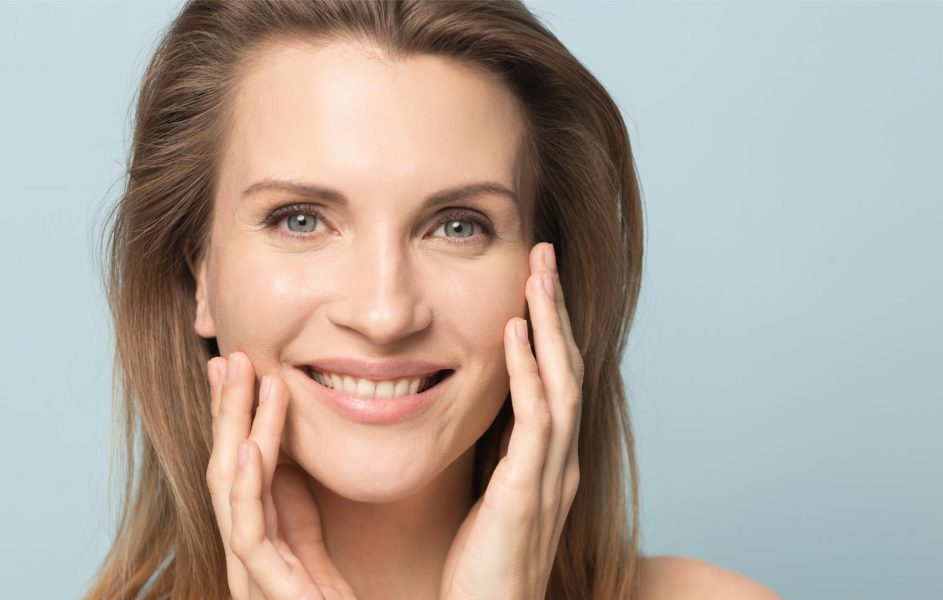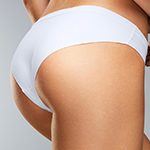

The first step in treating your acne is identifying what kind of acne you have with your Skin Artisans Advanced Practice Esthetician:
- Active, inflamed pustular acne that is continuously present on the face and/or body.
- Hormonal acne that is triggered by stress, pregnancy, or hormonal fluctuations.
- Congestive acne that predominately consists of blackheads and whiteheads.
- Acne that is due to your environment and the skincare and makeup products you are using.
- Acne scarring that presents itself with depressions in the skin and purplish/reddish hyperpigmentation.
Acne comes in many forms. The hardest part can be identifying which type of acne you are suffering from. Some types of acne are due to an overproduction of both sebum (oil) and skin cells. In this case, a buildup of dead skin cells combines with excess oil to form a thick, tacky paste that clogs a pore and causes a pimple. In other acne types, the hormonal fluctuations that result from puberty, a woman’s menstrual cycle, or pregnancy can increase testosterone and trigger a breakout. And yet, in other forms of acne, the condition is caused by comedogenic (pore-clogging) ingredients in the skincare, makeup, or haircare you are currently using. As you can see, it’s essential to partner with an esthetician who has experience in identifying and treating ALL forms of acne and who can work with your dermatologist’s recommendations and prescriptions to provide effective treatment solutions.
Acne scarring can be especially devasting because it can linger long after the visible signs of your acne have subsided. At the heart of all forms of acne lies inflammation. When we have a buildup of dead skin cells within a pore, the fine hair follicle within that pore can become irritated and inflamed. This inflammation can extend deep within the surrounding skin, and, unfortunately, your body perceives it as an infection. In turn, white blood cells rush to the area to destroy the “intruder” they perceive. In this process, healthy collagen and elastin can also be destroyed. This results in acne scarring. In addition, the inflammation around the area can trigger your melanocytes (pigment cells) to produce more pigment, resulting in what is called post-inflammatory hyperpigmentation (PIH). This is the mottled reds and purples left behind long after an acne lesion has healed.
The first steps in treating active acne are calming any inflammation that can trigger a breakout, and removing all comedogenic ingredients from your skincare, makeup, and haircare. At Skin Artisans, your Advanced Practice Esthetician may first start you on a series of calming Oxygenating Facials and anti-inflammatory skincare to soothe and strengthen your skin. She will help you analyze your current skin and body products regimen to identify comedogenic ingredients to avoid. Some of the protocols your esthetician recommends can even be followed by patients who are currently on the acne drug, Accutane, and under the care of a dermatologist.
The next steps in treating active acne are reducing surface bacteria and normalizing cell proliferation, or how effectively your skin turns over dead skin cells. This may include a series of VI Peels to help kill surface bacteria, remove dead skin cells, and lighten hyperpigmentation.


Once your acne has cleared, your Skin Artisans Esthetician will shift her focus to improving the appearance of any residual scarring and/or hyperpigmentation (skin discoloration). To soften the appearance of acne scarring, you must build up the collagen and elastin that was destroyed underneath the scar. This can be accomplished in several ways, depending on the severity of your acne scarring. The brown, red, and purple pigmentation that is frequently left behind after acne has cleared can also be treated at this time.
- VI Peels to simultaneously stimulate collagen production and lighten hyperpigmentation on the face and body.
- SkinPen® Microneedling to encourage the production of new collagen and elastin, and smooth scarring.
- Sciton MicroLaserPeel® to soften superficial scarring and improve skin tone.
- Sciton ProFractional™ to deeply resurface skin and dramatically improve the depth and appearance of scarring.
- Sciton BBL® to even out skin tone and reduce hyperpigmentation.
- Sciton HALO™ Fractionated Hybrid Laser to improve both skin tone and the appearance of scarring in one treatment.
- Physician-grade skincare that contains hydroquinone to lighten pigmentation and retinol to stimulate collagen production.
- *Dermal Fillers can sometimes be used by your Injection Specialist to temporarily fill a depressed scar and improve the smoothness of your skin.
At Skin Artisans, our team of Advanced Practice Estheticians has decades of experience in treating all forms of acne and acne scarring. If you are currently suffering from breakouts, it is crucial to have this condition treated to prevent future scarring. Our estheticians can work with your dermatologist’s recommendations and any prescriptions you may currently be taking to treat your acne.
At your initial consultation, your Skin Artisans esthetician will help you identify the root causes and triggers of your acne and then develop a customized plan to help get you on the course to clearer, smoother skin. This is a true partnership in which your clinician tracks and monitors your progress every step of the way to ensure you are getting safe and effective results. Schedule your complimentary consultation with a Skin Artisans Advanced Practice Esthetician today for a clearer tomorrow!














































